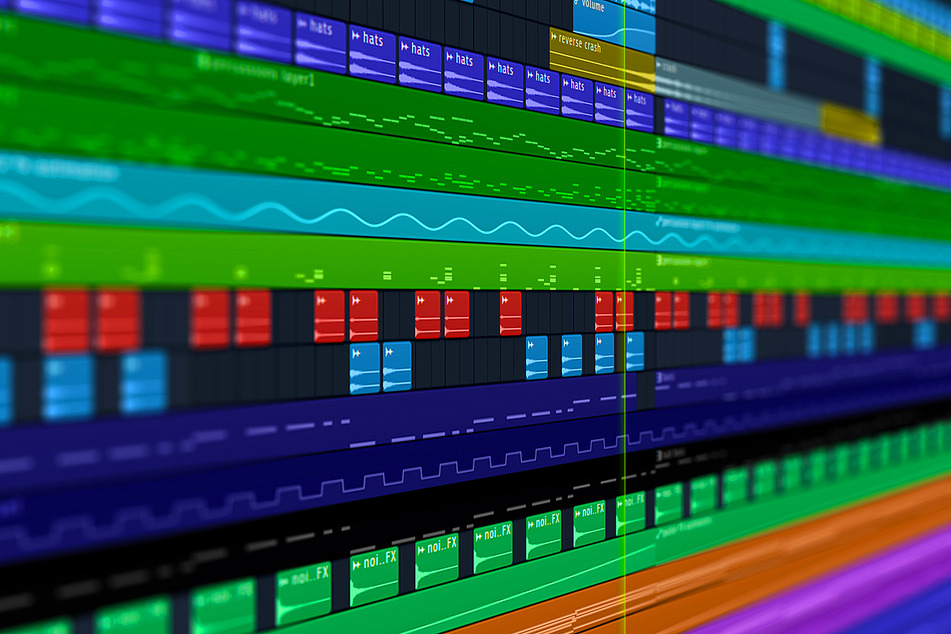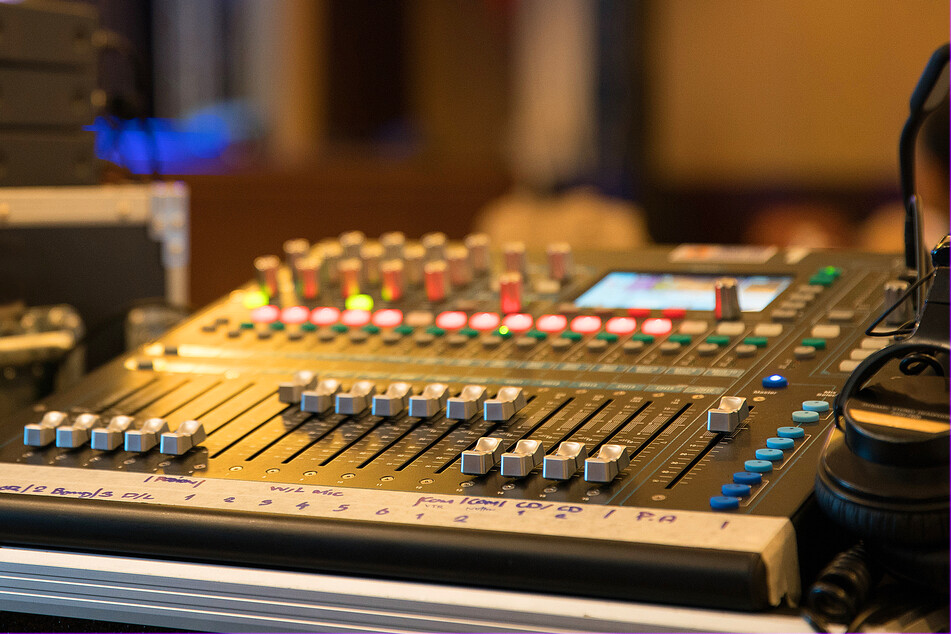The one skill that made Kanye famous in the recording studio
Kanye dropped album DONDA and, controversy aside, the album is another lesson on the producer's long-time relationship with sampling.

Kanye West recently released his newest album, which is another sample-fueled addition to his discography. Once again, he is returned to the top of the Billboard 200 album chart.
Like any success story, Kanye is standing on the shoulders of giants, because without the pioneers of music production and experimental styles, there would be no sampling.
No sampling equals no Ye.
There's a long history to this practice, from developing experimental genres like "musique concrète" in mid-century France, to improving sampling technology through the 60s and 70s.
Using a sample used to be way more complicated. It meant recording something to tape, and then literally cutting it and gluing it to where you wanted that sound to be.
By the time you get to Kanye, the technologies in music production have changed a lot. He created a lot of his first album in his bedroom, using a Roland VS-1680.
But no matter the era or the tech, the idea is unchanged. Take any sound, as is or reworked, and then add it to the song you are producing. Boom, sampling in a nutshell.
How does Kanye West use the technique?

Producers like Kanye can make sampling an art form. Ye uses samples to add an emotion to a track.
When adding samples of voice recordings, West brings extra emotion, authenticity, and emphasis to his tracks. But it isn't just vocals that he samples.
Kanye is renowned for grabbing slices of a track, looping it, re-pitching it, and adding effects to build a foundation for a song.
Other samples are edited and sprinkled onto his song, like seasoning, making the meal a real feast for the ears. These slices of audio spice can transport you, bringing a deeper meaning to the song they are used in.
At other times, building a track with samples is just to set the song up as one big punchline.
The carefully curated intro and build-up for Kanye's 2018 track Lift Yourself is lifted from the 1973 song Liberty by the group Amnesty.
Kanye's early sampling signature was cranking up the tempo on sampled snippets, and in Lift yourself he makes the eight men of Amnesty sound like a women's choral group.
Then comes the hard hitting 808, dropping deeper before Kanye delivers "these bars". It is one of the most exquisite uses of a sample in the producer's bag of tricks, and makes the punchline that much more absurd.
Where did Kanye and other samplers leave their mark on the industry?

Sampling can be a meditative process, or, as seen in a 2007 YouTube clip of Kanye in the studio. It's a dance party for one
One thing that Kanye and other producers have done with their samples is turn listening to music into an Easter egg hunt. There are creators and websites all about figuring out where a sample is from and where it has been used.
If you let yourself, you can go down the rabbit hole of music history by following the samples.
A great example of this is Kanye's collab work with Kid Cudi to make the album Kids See Ghosts. It's music history left and right, with nods to some of the greats, like Louis Prima, whose brassy voice is chopped on the track 4th Dimension.
Another big mark Kanye West left on the music industry is on the legal side of the game. He is infamous for sampling and then releasing tracks without first securing the rights to the "borrowed" material. The producer/rapper has had to fight multiple lawsuits for unauthorized use of other artists work. His newest album Donda could be the most recent example.
According to gospel singer Bri Babineaux, her voice was used without her knowledge on Lord I Need You, and she let fans know on Instagram that she would have liked to know before the album came out.
The basic rule of thumb stands, samples are still from someone else. As sticky as they can get when it comes to copyright, samples are a staple of music production. Especially for Ye.
Whether legally or musically, Kanye West and his evolving sampling style have left their mark on the industry.
Cover photo: 123rf/sfrecords

